The Government will restructure, arrange and merge 15 ministries and ministerial-level agencies. Of which, the Ministry of Planning and Investment and the Ministry of Finance will be merged. The proposed name is the Ministry of Finance and Development Investment or the Ministry of Economic Development.
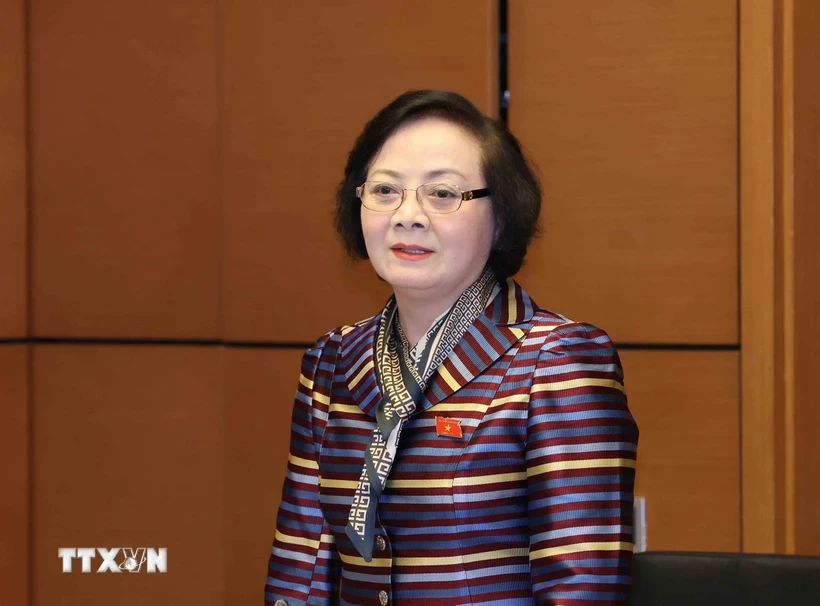
Informing VNA reporters, Minister of Home Affairs Pham Thi Thanh Tra said that, according to the direction of the Central Steering Committee on summarizing the implementation of Resolution No. 18-NQ/TW, after the arrangement and merger, the Government 's apparatus will be reduced by 5 ministries and 4 government agencies. Thus, the Government's apparatus will be streamlined from 30 to 21 focal points (reduced by 9 focal points), including: 13 ministries, 4 ministerial-level agencies and 4 government agencies.
Maintain 7 ministries and ministerial-level agencies
Accordingly, the Government maintains 4 ministries: Ministry of Public Security; Ministry of Justice; Ministry of Industry and Trade; Ministry of Culture, Sports and Tourism and 3 ministerial-level agencies: Government Office; Government Inspectorate; State Bank of Vietnam.
“These ministries and agencies are still implementing the arrangement and streamlining of their internal apparatus. The proposal to maintain the above ministries and ministerial-level agencies is necessary, ensuring stability, inheritance and conformity with current practical requirements,” said Minister Pham Thi Thanh Tra.
The Government will restructure, arrange and merge 15 ministries and ministerial-level agencies. Of which, the Ministry of Planning and Investment and the Ministry of Finance will be merged. The expected name of the Ministry after the reorganization is the Ministry of Finance and Development Investment or the Ministry of Economic Development.
Merge the Ministry of Transport and the Ministry of Construction. The proposed name of the Ministry after the arrangement is the Ministry of Infrastructure and Urban Areas.
Merge the Ministry of Natural Resources and Environment and the Ministry of Agriculture and Rural Development. The proposed name of the Ministry after the reorganization is the Ministry of Agriculture and Natural Resources and Environment. The merger of these two ministries will overcome some overlap in the implementation of management tasks on water resources, river basins and biodiversity.
Merge the Ministry of Information and Communications and the Ministry of Science and Technology. The expected name of the Ministry after the arrangement is the Ministry of Digital Transformation and Science, Technology or the Ministry of Digital Transformation, Science, Technology and Information.
Merge the Ministry of Labor, War Invalids and Social Affairs and the Ministry of Home Affairs into the Ministry of Home Affairs and Labor and transfer the state management function of vocational education to the Ministry of Education and Training, and transfer the state management function of social protection, children, and prevention and control of social evils to the Ministry of Health.
The Ministry of Health will take over some tasks of the Central Health Care Protection Board (when this Board ceases its operations); at the same time, it is expected to take over state management of: social protection; children; prevention and control of social evils from the Ministry of Labor, War Invalids and Social Affairs.
The Ministry of Foreign Affairs takes over the main tasks of the Central Foreign Affairs Commission and the National Assembly's Foreign Affairs Committee when these two units cease their operations.
The Ministry of National Defense will carry out the arrangement of internal organizational units according to the decision of the Politburo. The Ho Chi Minh Mausoleum Management Board will be transferred to the Ministry of National Defense for direct management, within the organizational structure of this Ministry.
On the side of the Ministry of Home Affairs, Minister Pham Thi Thanh Tra said that the Ministry proactively developed a plan to reorganize the National Academy of Public Administration by merging it into the Ho Chi Minh National Academy of Politics; at the same time, chaired and coordinated with the Ministry of Labor, War Invalids and Social Affairs to develop a project to merge the Ministry of Labor, War Invalids and Social Affairs with the Ministry of Home Affairs (after transferring some functions to the Ministry of Education and Training and the Ministry of Health); coordinated with the Ethnic Committee to transfer the functions and tasks of the Government Committee for Religious Affairs to the Ethnic Committee.
The Ethnic Committee received the Government Committee for Religious Affairs from the Ministry of Home Affairs and received the functions and tasks of poverty reduction from the Ministry of Labor, War Invalids and Social Affairs.
Streamline internal organization
The Government also proposed a plan to reorganize government agencies and other agencies, including ending the operations of the State Capital Management Committee at Enterprises and the National Financial Supervision Committee; reorganizing the two Academy of Social Sciences and the Academy of Science and Technology, and the two National Universities of Hanoi and Ho Chi Minh City...
According to the direction of the Central Steering Committee, on the basis of implementing the above plan, the organizational structure of the 15th and 16th Governments (term 2026-2031) will be streamlined to: 13 ministries, 4 ministerial-level agencies (reducing 5 ministries); 4 agencies under the Government (reducing 4 agencies).
Regarding the internal organization, it is expected that there will be a reduction of: 10/13 general departments and organizations equivalent to general departments; 52 departments under ministries and ministerial-level agencies; 75 departments under ministries and ministerial-level agencies; 61 departments and equivalents under general departments; 264 departments and equivalents under general departments, reducing about 15-20% of public service units.
"After streamlining the focal points and adjusting the functions and state management tasks of ministries and ministerial-level agencies, the current overlapping problems will be basically resolved," informed the Minister of Home Affairs.
If this plan is implemented, the Government's apparatus and the internal organization of ministries, ministerial-level agencies, and agencies under the Government will reduce at least 15%-20% of internal organizational units (except for the Ministry of Public Security and the Ministry of National Defense, which will implement according to the decision of the Politburo), excluding organizations subject to consolidation and merger due to overlapping functions and tasks when implementing the plan to merge ministries.
To limit the impact of the restructuring and streamlining of the organizational apparatus on cadres, civil servants and public employees, there must be strong and outstanding policies for those affected by the restructuring process, in order to reduce the pressure on the ideology and psychology of cadres, civil servants and public employees and ensure the rights of cadres, civil servants and public employees during the restructuring and streamlining of the organizational apparatus.
In order to avoid mechanical mergers, the organizational arrangement will be associated with reducing the number of cadres, civil servants and public employees and restructuring and improving the quality of the cadres, civil servants and public employees to meet the requirements of tasks in the new situation.
End of activities of the Government Party Committee
For Party committees and organizations, the Government proposed a plan to end the activities of the Government Party Committee, establish a Government Party Committee directly under the Central Committee, including Party organizations in ministries, ministerial-level agencies, Government agencies and a number of Party Committees in corporations, general companies, and state-owned commercial banks (the Army Party Committee and the Public Security Party Committee directly under the Central Committee remain the same as at present); there will be a specialized agency for advising and assisting at the Government Agency.
The Government Party Committee consists of: the executive committee, the standing committee, the secretary, and the deputy secretaries of the Party Committee. The standing committee of the Party Committee includes the Prime Minister as Secretary, the Deputy Prime Ministers, a number of members of the Government, and may assign 1 full-time Deputy Secretary; the Politburo appoints the personnel of the executive committee and the standing committee of the Party Committee; and stipulates that the standing committee of the Party Committee shall perform the same functions and tasks as the current Government Party Committee.
At the same time, end the activities of the Party executive committees, establish Party committees of ministries, ministerial-level agencies, and agencies under the Government directly under the Government Party Committee, including: Executive Committee, Standing Committee, Secretary, Deputy Secretary of the Party Committee; the Standing Committee of the Party Committee includes the Minister as Secretary, Deputy Ministers, Head of the Department of Organization and Personnel, and 1 full-time Deputy Secretary; the competent authority appoints personnel of the Executive Committee, Standing Committee, Secretary, Deputy Secretary of the Party Committee, and stipulates that the Standing Committee of the Party Committee performs the same functions and tasks as the current Party executive committees of ministries, ministerial-level agencies, and agencies under the Government.
The Minister of Home Affairs also expressed his view on continuing to build a "Lean-Strong-Efficient-Effective-Effective" state apparatus according to the direction of General Secretary To Lam, ensuring compliance with the Constitution, Political Platform, Party Charter, Central resolutions, and direction of the Politburo in the process of summarizing the implementation of Resolution No. 18-NQ/TW.
Thoroughly grasp the Party's leadership spirit, directly the Resolution of the 13th National Party Congress on building and perfecting the socialist rule-of-law State of the people, by the people, for the people under the leadership of the Party; Resolution No. 27-NQ/TW of the 6th Central Conference, 13th tenure on continuing to build and perfect the socialist rule-of-law State of Vietnam in the new period; Resolution No. 28-NQ/TW of the 6th Central Conference, 13th tenure on continuing to innovate the Party's leadership and governance methods over the political system in the new period.
“Thoroughly grasp the orientation of arranging and streamlining the Government apparatus according to the requirements of the Central Steering Committee and the Politburo. Inheriting achievements, continuing to innovate the Government in sync with the innovation of the National Assembly and the judiciary from the perspective of building a democratic, professional, modern, clean, strong Government, ensuring public, transparent, creative, smooth, effective and efficient operations,” Minister Pham Thi Thanh Tra emphasized.
According to the Minister, the arrangement of the Government apparatus aims to fully promote the position, role, functions, tasks and powers of the Government as the highest state administrative agency, exercising executive power, and being the executive body of the National Assembly according to the provisions of the 2013 Constitution and the law.
The principle is to rationally organize multi-sectoral and multi-field ministries. Implement the principle that one agency performs many tasks and one task is assigned to only one agency to preside over and take primary responsibility; at the same time, arrange and restructure the organization within ministries, ministerial-level agencies, and government agencies to ensure streamlining and reducing focal points (basically ending the general department model in ministries and ministerial-level agencies). Improve the effectiveness and efficiency of operations and meet the conditions for building and perfecting the socialist rule-of-law state of Vietnam in the new period./.
Source



![[Photo] Many young people patiently lined up under the hot sun to receive a special supplement from Nhan Dan Newspaper.](https://vphoto.vietnam.vn/thumb/1200x675/vietnam/resource/IMAGE/2025/5/18/6f19d322f9364f0ebb6fbfe9377842d3)
![[Photo] Ready for the top competitions of Vietnamese table tennis](https://vphoto.vietnam.vn/thumb/1200x675/vietnam/resource/IMAGE/2025/5/18/9c547c497c5a4ade8f98c8e7d44f5a41)











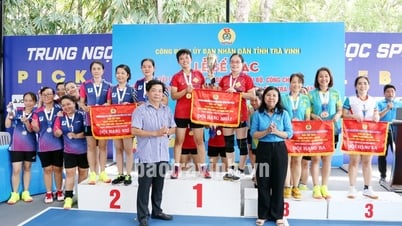
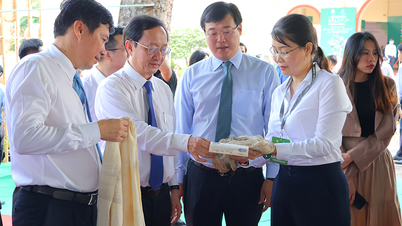
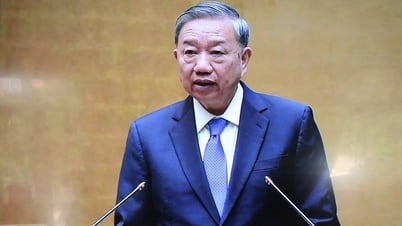
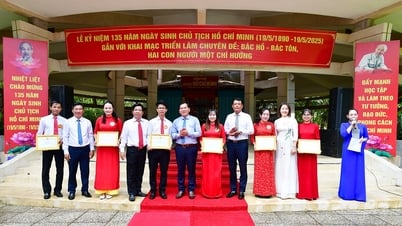

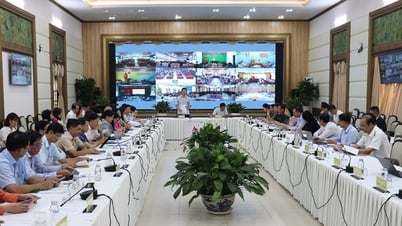




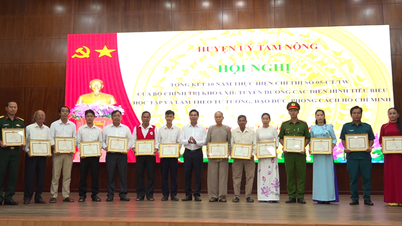
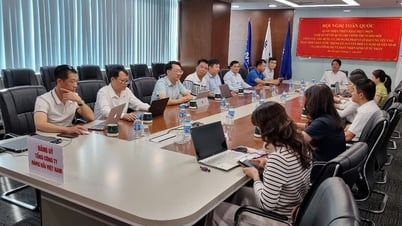

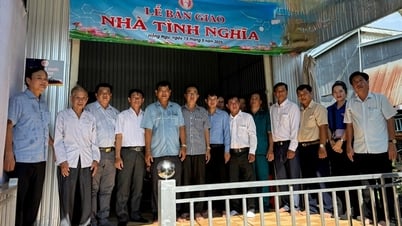

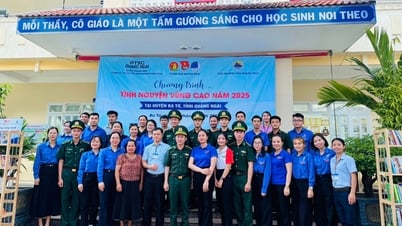
![[Photo] General Secretary To Lam visits exhibition of achievements in private economic development](https://vphoto.vietnam.vn/thumb/1200x675/vietnam/resource/IMAGE/2025/5/18/1809dc545f214a86911fe2d2d0fde2e8)






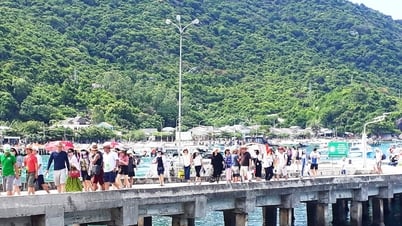







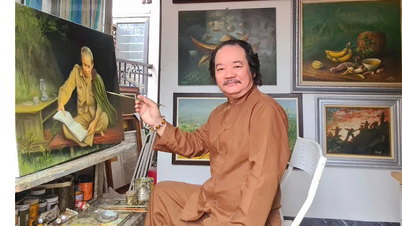


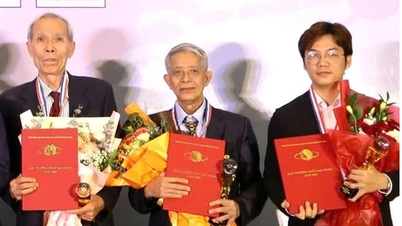







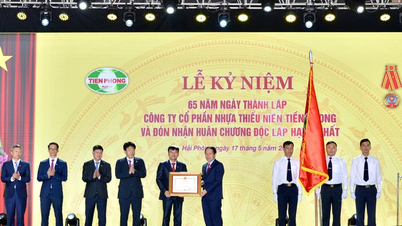


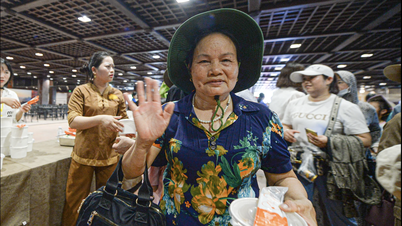

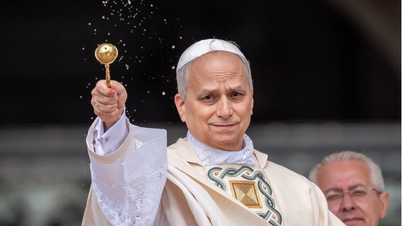




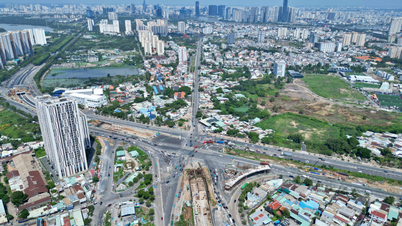
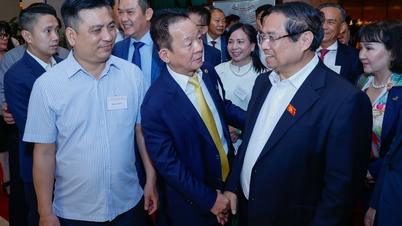

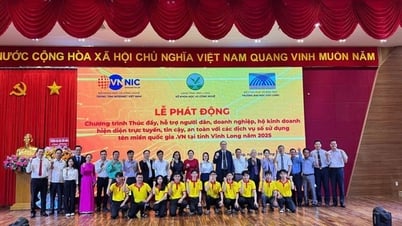

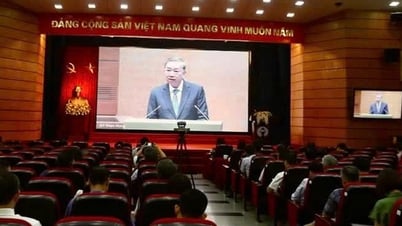
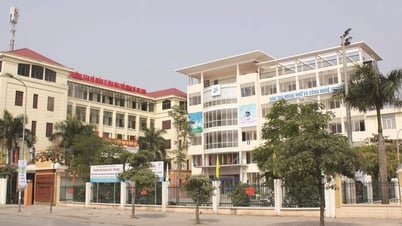


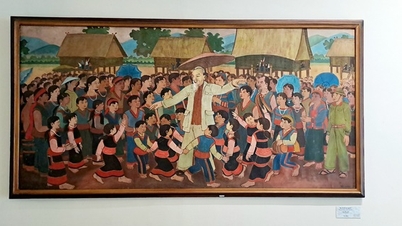
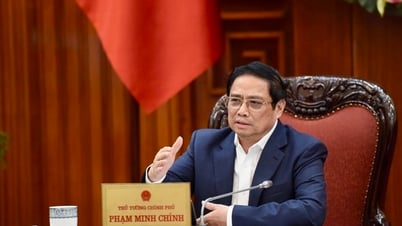
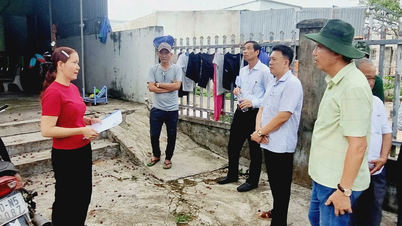



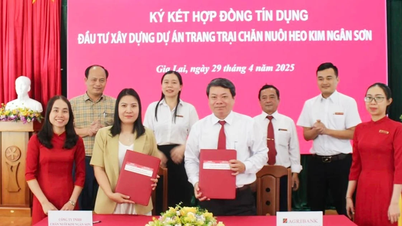
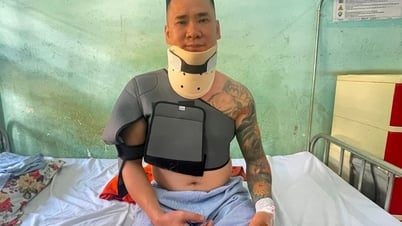
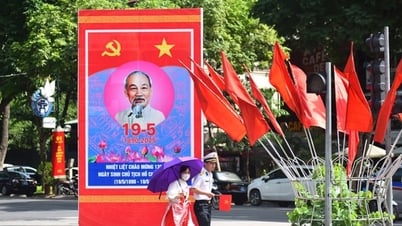









Comment (0)